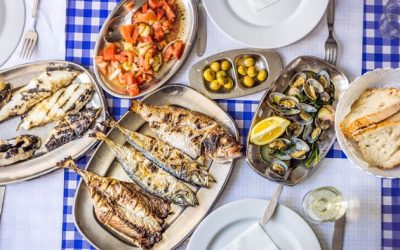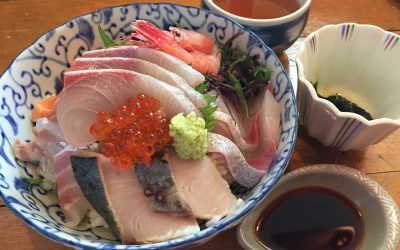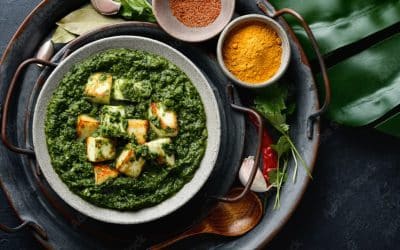Italian cuisine is renowned worldwide for its rich flavors, use of fresh, high-quality ingredients, and its regional diversity. Each region of Italy boasts its own unique culinary traditions and specialties, making Italian cuisine an assortment of flavors and textures. Here’s an overview of Italian cuisine and its regional variations.
Northern Italy
Piedmont (Piemonte) Piedmontese cuisine stands out with its rich and earthy flavors, featuring dishes like risotto, truffles, and agnolotti (filled pasta).
Lombardy (Lombardia) Milan, the region’s capital, is famous for its saffron-infused risotto alla Milanese and hearty ossobuco. Gorgonzola cheese hails from Lombardy.
Veneto Venetian cuisine features seafood like risotto al nero di seppia (black squid ink risotto) and bacalà mantecato (whipped salt cod).
Emilia-Romagna Known as Italy’s culinary heart, it’s the birthplace of Parmesan cheese, balsamic vinegar, and iconic pasta dishes like tagliatelle al ragù (Bolognese sauce).
Central Italy
Tuscany (Toscana) Tuscan cuisine embraces simplicity and the pure, natural flavors of its ingredients. It includes dishes like ribollita (vegetable and bread soup), pappa al pomodoro (tomato and bread soup), and Florentine steak.
Lazio Rome is famous for cacio e pepe (pasta with Pecorino cheese and black pepper) and carbonara.
Umbria Known as the “Green Heart of Italy,” it offers truffle-infused dishes and hearty lentil soups.
Southern Italy
Campania Home to Naples, it’s the birthplace of pizza (Margherita pizza). The region also offers pasta dishes like spaghetti alle vongole (with clams) and eggplant parmigiana.
Sicily (Sicilia) Sicilian cuisine features a mix of Italian, North African, and Arab influences. Dishes include arancini (rice balls), caponata (eggplant stew), and cannoli (sweet pastries).
Calabria Known for spicy cuisine, it offers dishes like nduja (spicy spreadable pork), pasta with ‘nduja, and spicy ‘nduja pizza.
Islands and Coastal Regions
Sardinia (Sardegna) Sardinian cuisine highlights ingredients like pecorino cheese, bottarga (cured fish roe), and malloreddus (a type of pasta).
Sicily Sicilian cuisine features a mix of Italian, North African, and Arab influences. Dishes include arancini (rice balls), caponata (eggplant stew), and cannoli (sweet pastries).
Calabria Known for spicy cuisine, it offers dishes like nduja (spicy spreadable pork), pasta with ‘nduja, and spicy ‘nduja pizza
Pasta (Various Varieties)
Italy is synonymous with pasta, and there are countless pasta shapes and dishes. Some classics include:
- Spaghetti Carbonara A Roman specialty featuring pasta tossed with a creamy sauce made from eggs, cheese (usually Pecorino Romano), pancetta, and black pepper.
- Lasagna A quintessential Italian comfort food, it consists of layers of wide pasta sheets, rich meat or vegetarian sauce, béchamel sauce, and cheese, baked until golden and bubbly.
- Gnocchi Gnocchi, those delicate dumplings, come to life with fluffy mashed potatoes, a bit of flour, and a touch of culinary magic. Shape them into small, bite-sized pieces. What truly sets them apart is how they effortlessly soak up the flavors of the sauces they’re paired with.
- Ravioli Pasta parcels filled with a variety of ingredients such as ricotta and spinach, pumpkin, or seafood, often served with a tomato or butter-based sauce.
- Pizza Italy’s gift to the world, pizza comes in numerous forms. Neapolitan pizza with its thin, chewy crust, tomato sauce, and mozzarella cheese is a classic. Popular toppings include margherita (tomato, mozzarella, basil, and olive oil) and pepperoni.
- Risotto Creamy rice dishes cooked with flavorful broths and various ingredients like mushrooms, saffron, or seafood. Arborio and Carnaroli rice are popular choices because they can absorb liquids and create a velvety texture.
- Osso buco A specialty of Milan, ossobuco involves braising veal shanks in a mixture of white wine, broth, onions, carrots, celery, and gremolata, which includes lemon zest, garlic, and parsley.
- Tiramisu A luscious dessert made from layers of coffee-soaked ladyfingers, mascarpone cheese, cocoa powder, and sometimes a hint of liqueur. It’s a perfect balance of creamy and coffee-flavored goodness.
- Arancini Sicilian rice balls typically filled with ragù (meat sauce), mozzarella, and peas, then coated in breadcrumbs and fried to golden perfection.
- Panettone A sweet, fruit-studded bread traditionally enjoyed during the Christmas season, especially in Milan. People often enjoy it with a glass of spumante, which is an Italian sparkling wine.
- Cacio e Pepe A simple but divine Roman pasta dish made with spaghetti, Pecorino Romano cheese, black pepper, and a bit of pasta water. The combination of cheese and pepper creates a rich, creamy sauce.
- Pesto A sauce originating from Genoa, made from fresh basil, garlic, pine nuts, Parmesan cheese, and olive oil, traditionally served with pasta.
- Cannoli Sicilian pastries consisting of fried pastry shells filled with sweet, creamy ricotta cheese and often garnished with pistachios or chocolate chips.
- Bistecca alla Fiorentina A Florentine-style T-bone steak, typically seasoned with salt, pepper, and olive oil and cooked over an open flame. Its hallmark is the charred crust enveloping a juicy interior.
- Minestrone A hearty vegetable soup made with a variety of seasonal vegetables, beans, pasta or rice, and sometimes a bit of pancetta or bacon. It’s a comforting dish often enjoyed during colder months.
Conclusion
These Italian dishes represent just a fraction of Italy’s culinary treasures. Italy’s diverse regional cuisines offer an incredible range of flavors, and each dish is a statement to the country’s rich culinary heritage. Whether you’re savoring a plate of pasta, enjoying a slice of pizza, or indulging in a decadent dessert, Italian cuisine never fails to delight the senses.





0 Comments